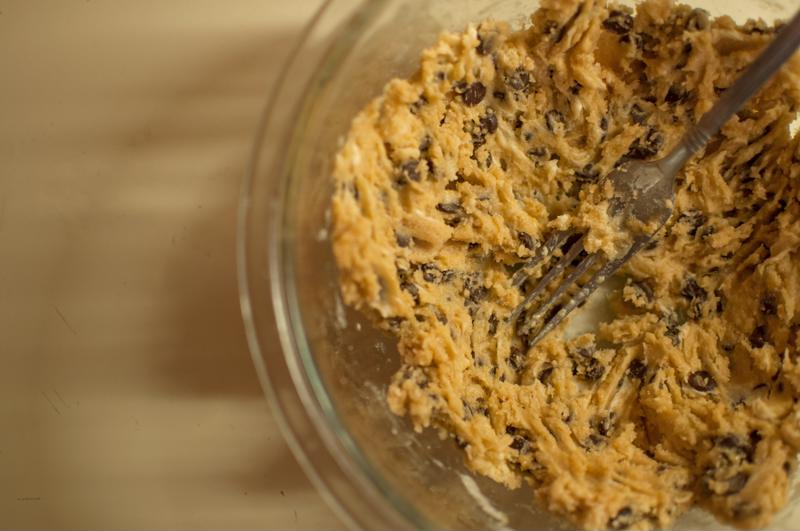Grains have been a staple of cooking and baking for centuries. Over time, mankind has bred and cultivated certain grains, effectively changing the way they grow, taste and look.
However, some grains have been left relatively untouched by farmers. These are often called ancient grains, the Whole Grains Council explained.
Online pastry students will learn many recipes that incorporate white flour, whole grain flour and lesser-utilized options like rice flour. By expanding your range of possibilities to include ancient grains, pastry chefs and bakers can create memorable and unique desserts that will wow your customers.
What are the ancient grains?
There’s no set-in-stone definition of what an ancient grain is, but the term generally refers to grains that look and taste much like they did hundreds of years ago.
Some examples include:
- Amaranth
- Barley
- Buckwheat
- Einkorn
- Farro
- Kamut
- Millet
- Quinoa
- Sorghum
- Spelt
- Teff
Many of these are packed with nutrients that may be lacking in your container of all-purpose flour, like protein and fiber, and each has a unique flavor. Amaranth, buckwheat, millet, quinoa and teff are all naturally gluten-free, making them great when baking for customers who may have some dietary restrictions.
Black forest cake with spelt flour
Spelt has a subtle whole-grain flavor and is packed with protein. It serves as the foundation for this delicious vegan black forest cake from One Green Planet.
Begin by mixing spelt flour, sugar, cocoa powder and salt. Then, stir in apple sauce, melted coconut oil, vanilla, apple cider vinegar and water. Bake at 350 degrees Fahrenheit in two 8-inch pans lined with parchment paper for about 45 minutes.
Meanwhile, make the cherry filling and avocado frosting. For the filling, combine sour cherries, chia seeds, cherry juice (the liquid from canned cherries works well) and date syrup. Let the mixture sit and thicken as you move on to the frosting.
In a food processor, mix an avocado, liquid coconut oil, cocoa powder, date syrup and vanilla. Pulse until smooth.
After you remove the cake from the oven and let it cool completely, scoop the cherry filling onto one layer and smooth out. Place the second layer on top, then apply the frosting. Refrigerate until the frosting is set, then decorate with additional cherries or cacao nibs.
 Ancient grain flours can often be partially incorporated into basic dessert recipes, adding unique flavors without sacrificing texture.
Ancient grain flours can often be partially incorporated into basic dessert recipes, adding unique flavors without sacrificing texture.Substituting ancient grains in favorite baked goods
Many ancient grains can be directly substituted for all-purpose flour, according to King Arthur Flour, though in many cases the taste and texture will be slightly different. For example, barley flour in pancakes will be fluffier with a slightly sweet nutty flavor. Using Kamut flour in cinnamon bread makes the loaf a bit more crumbly, but adding some extra moisture can correct this.
While it’s possible to substitute ancient grains flours 1-to-1 with all-purpose flour, it’s often better to mix the two types of flours; 100 percent ancient grains flours often lead to dense, crumbly, chewy or dry baked goods.
King Arthur Flour’s basic scone recipe is great for experimenting with various flour types. The recipe begins by mixing flour, sugar, salt and baking powder, then working in cold butter. Next, whisk together eggs, vanilla and milk. Add the liquid ingredients to the dry, then shape into wedges. Brush with a milk wash, freeze for a half-hour, then bake at 425 degrees Fahrenheit until golden brown.
Substituting your choice of ancient grain flour for one-quarter of the flour used often results in a pleasant, unique flavor while still getting the airy texture without the crumbliness often associated with pure ancient grains flours.


